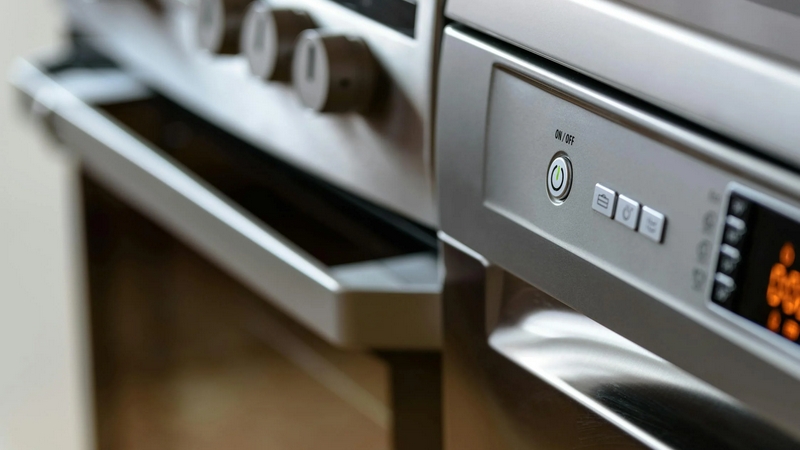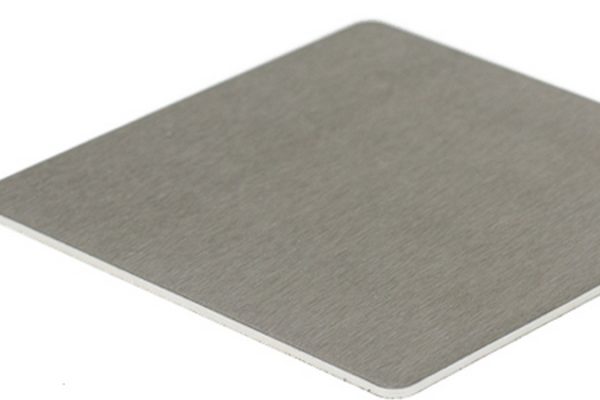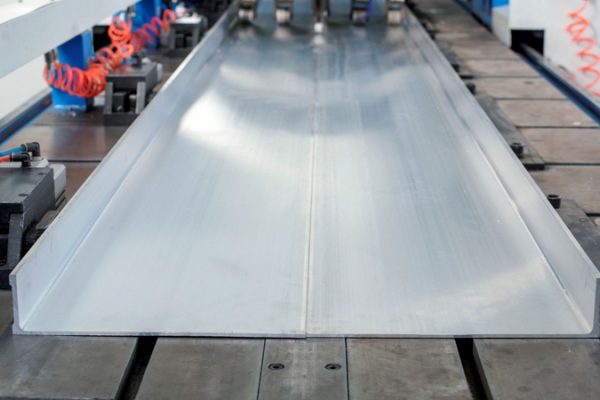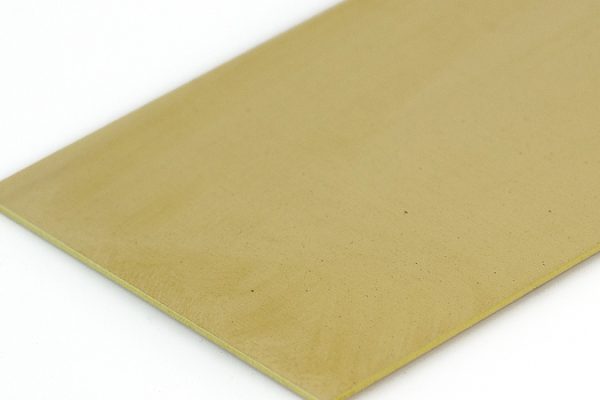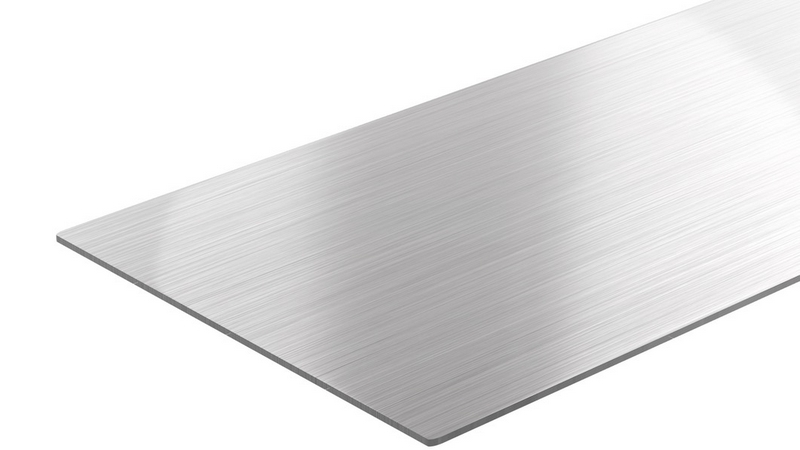
How We Handle Your Parts!
Stainless steel is no doubt an engineering favorite, and it is only expected that those producing your prototypes and production parts feel the same way. To make sure that your parts are perfect every time, we have invested heavily in our machining equipment, material sourcing, and quality checking.
While our stainless steel may not be organic and GM free, every sheet we harvest is carefully controlled in its characteristics, including conductivity, density, and additives, ensuring that every part produced is mechanically and electrically identical. Furthermore, our highly trained engineers calibrate our laser cutting stations on a daily basis, while also checking the precision of all parts produced.
Finally, when your stainless steel parts have been fabricated, they are packaged and shipped same day, and those residing in the Oakland Bay Area will receive their parts before the end of the working day (so long as your place your order before 11AM).
What Is Stainless Steel Fabrication?
Stainless steel fabrication is a critical step in the manufacturing process of steel-based products that involve shapes formed from sheets. The primary function of stainless steel fabrication is to transform flat steel sheets into the required 2D/3D structures, components, and enclosures for various industrial and commercial applications.
One of the key benefits of stainless steel fabrication is its versatility, with the ability to be used in both prototyping and mass production. The affordability of stainless steel also makes it an economical material choice for engineers, whether they require a single part or several thousand, and this also means that prototypes can closely resemble the end-product. This is particularly advantageous when testing designs, as the resulting parts will have identical material and mechanical properties. Thus, engineers can better understand how their parts will behave during extended service life and identify potential issues before committing to large-scale production.
The stainless steel fabrication process can involve a whole range of different processes, including stamping, pressing, forming, drilling, cutting, and polishing. These techniques enable engineers to create strong, durable parts that can withstand various environmental conditions and manufacturing processes, making stainless steel an excellent choice for applications requiring high standards of quality and reliability.
Types of Stainless Steel Sheet Metal
Stainless steel is an alloy of iron that uses chromium to provide a rust protective layer as well as improved heat resistance. Typically, the very outer layers of stainless steel are an atomically thin layer of chromium that prevents iron from reacting with oxygen. However, the real magic behind stainless steel is that if the metal is scratched (exposing the iron), chromium in the metal is pushed back out to the surface to reform the chromium outer layer. The rust-free nature of stainless steel makes it ideal for a wide range of applications that involve moisture or a corrosive environment.
Stainless steel is also ideal for use where high-temperature processes are involved as the heat resistance of chromium enables stainless steel to withstand higher temperatures compared to non-stainless steel alloys. The high strength capabilities of stainless steel also make it ideal for structural components that require high tensile strength.
Ponoko offers over 25 types of stainless steel that meet all the needs of even the most demanding engineering applications. For example, 304 stainless steel is ideal for applications that involve high temperatures in corrosive environments, while A653 galvanneal steel is ideal for harsh environments that expect excessive oxidation. Other variations of stainless steel stocked by Ponoko include 420 steel, 4130 annealed steel, and A572 hot rolled steel.
Options For Surface Finishes
A laser-cut part can have a wide range of different surface finishes to suit the environment that the part will be in as well as its desired appearance.
A mirror-like finish can be achieved with polishing which is ideal for aesthetically pleasing parts in luxury and high-end consumer electronics, while engraving allows for parts to have text and graphics etched into the surface of the metal that cannot be removed easily making it ideal for identification and tracking.
Deburring is important for removing rough edges created during the laser cutting process which helps to improve the durability of the part and give it a professional finish, while UV allows for the direct application of logos and text onto parts.
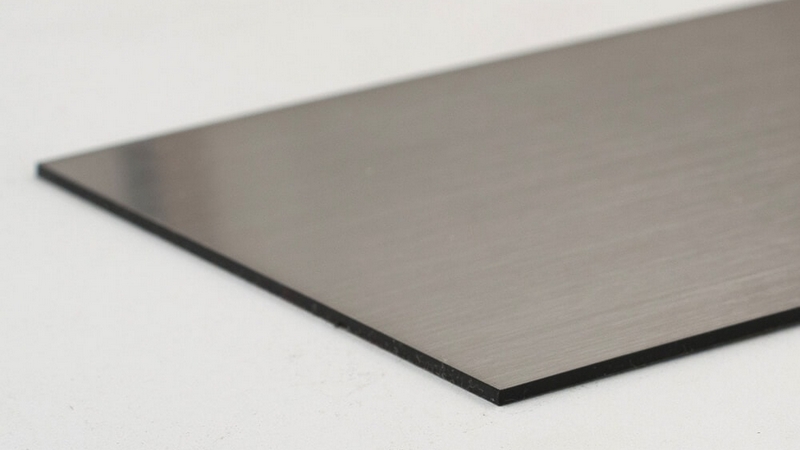
Design Tips for Your Stainless Steel Sheet Metal Project
When embarking on any engineering project, it is essential that the capabilities of both the chosen material and the laser cutting service are carefully taken into account. For instance, features within a part must be a minimum of 1x1mm, as laser cutters may struggle to accurately cut out smaller details.
Laser kerf is also another critical aspect to keep in mind, especially when dealing with thick sheets exceeding 3mm in thickness. As the beam widens with increasing cutting depth, thick parts will undoubtedly experience a notable widening of the cut on the underside (therefore affecting how parts fit together).
Another important factor to take into account is the thermal changes that a part may undergo during the laser cutting process. The extreme heat of the laser can heat-treat the edges of the part, and this may be something that needs to be taken into consideration for high-end applications. As such, it may be beneficial to heat-treat the entire part after receiving it from the laser cutting service.
The complexity of a part should also be taken into account, as more complex designs take longer to produce, and thus incur additional costs. While the cost of the material itself may be a large contributor to the final cost, the time needed to produce the part also plays an important role.
Finally, it is imperative that only vector images are provided to laser cutting services, as these are specifically designed for laser cutters. While raster images can be converted to vector paths, these converted paths may not produce the most accurate and high-quality results.
Why is stainless steel so popular?
Stainless steel is an extremely common production metal that offers excellent strength, durability, corrosion resistance, and longevity. Whether it is industrial faceplates for HMIs, brackets, or structural components for enclosures, stainless steel is an excellent material choice for generic laser-cut parts.
Interestingly, stainless steel is a poor conductor of heat due to the use of alloying elements which is why it is commonly found in areas involving heat such as forge equipment and kitchenware. The ability to withstand wide temperature ranges also makes it ideal for use in most environments whether it is an industrial site, a consumer product, or even in medical and food processing applications.
Overall, engineers find stainless steel to be a material that has all the attributes they could ever want in a laser-cut part.
Where should you use stainless steel?
Stainless steel is a highly versatile material that offers excellent durability and resistance to corrosion.
Its ability to withstand moisture and water makes it an ideal choice for outdoor use, where other metals may rust and corrode. Additionally, its rust resistance also makes it suitable for use in areas that deal with moisture on a daily basis, such as factories and areas that handle food products. In fact, the food and beverage industry is one sector that heavily relies on stainless steel thanks to its non-toxic and hygienic properties.
The extreme durability of stainless steel also makes it ideal for use in any application that requires a high degree of reliability and ruggedness. This makes stainless steel ideal for use in industrial and manufacturing environments, which often experience harsh conditions and rigorous maintenance routines.
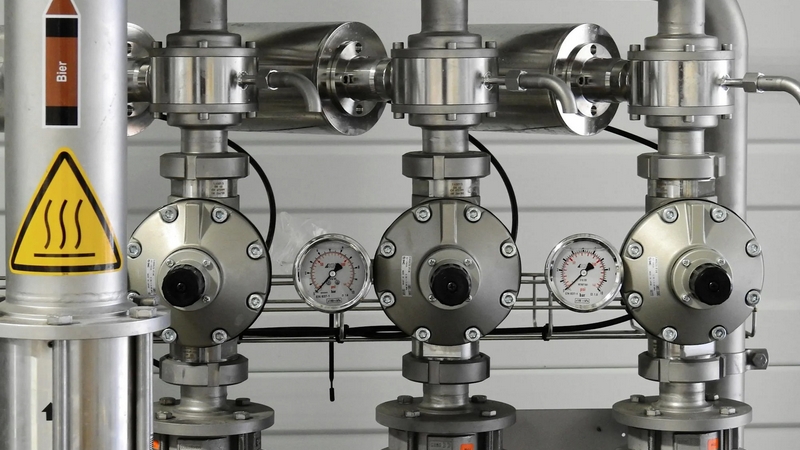
When should you avoid stainless steel?
When dealing with manufacturing and material selection, it is essential to recognise that no one material is ideal for every single application.
Stainless steel is an excellent material for resisting corrosion and oxidation thanks to its chromium-coated surface, making it ideal for applications that involve high-oxygen and water environments such as the food and medical industries. However, heavy nature makes it unsuitable for use in automotive and aerospace applications where weight is a critical factor.
Additionally, the rust-free properties of stainless steel also make it problematic when applying coatings as the anti-corrosion layer can interfere with adhesion, something which should be taken into account during the manufacturing process. Another area where stainless steel can be problematic is in high-scratching environments, such as outdoor equipment or areas that deal with food items.
While stainless steel has the ability to heal scratches, frequent scratching can damage the chromium outer layer, leading to corrosion. As such, applications that expect equipment to be handled frequently or expect scratches to occur should avoid using stainless steel. Overall, it is clear that while stainless steel is strong and resilient, it is not suitable for all applications.
How much does stainless steel parts cost?
Stainless steel itself is one of the more expensive metals to use due to the use of various alloying elements such as chromium, copper, and manganese. However, laser cutting itself is a cheap cutting option when considering the ability for laser cutters to be easily scaled in output, their repeatability, and their quick turnaround on parts. A such, the vast majority of the cost in laser cutting stainless steel is in the material and not the hiring of the
What is the most cost-effective method for cutting stainless steel parts?
When it comes to the most cost-effective methods for cutting stainless steel parts, laser cutting stands head and shoulders above other production methods. Unlike other mechanical methods such as CNCs, laser cutters do not suffer from mechanical wear when cutting at speed, require no tool changes, and do not need workpieces to be clamped down. As such, laser cutters are able to cut stainless steel parts significantly faster than CNCs, and the lack of tools means that they do not wear down or become damaged
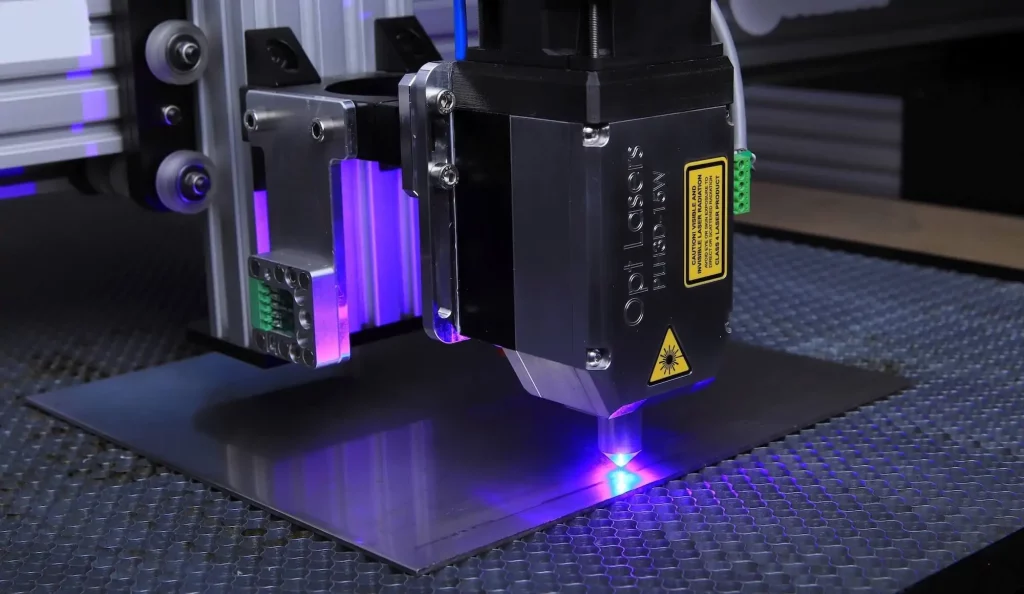
Why choose stainless steel over other metals?
Stainless steel is a superior material to many others when considering its high tensile strength, corrosion resistance, density, magnetic properties, ability to heal scratches, and high conductivity. Its high tensile strength makes it ideal for structural components that require great strength to weight ratio, and its density makes it useful for adding mass to products. The magnetic properties of stainless steel make it ideal for applications that require magnetisation, and its ability to heal scratches ensures a long-lasting surface. Additionally, stainless steel’s high
What can stainless steel parts be used for?
Stainless steel parts are great for structural components, such as brackets and fixtures. Their ability to resist corrosion means they can be used in corrosive atmospheres including the use of salt spray. Small mechanical components, including springs, cogs, gears, and levers, can also be manufactured from stainless steel. The engraved appearance of stainless steel makes it ideal for signs and faceplates in industrial environments, and the precision capabilities of stainless steel make it suitable for use in all industries including medical and aerospace.
